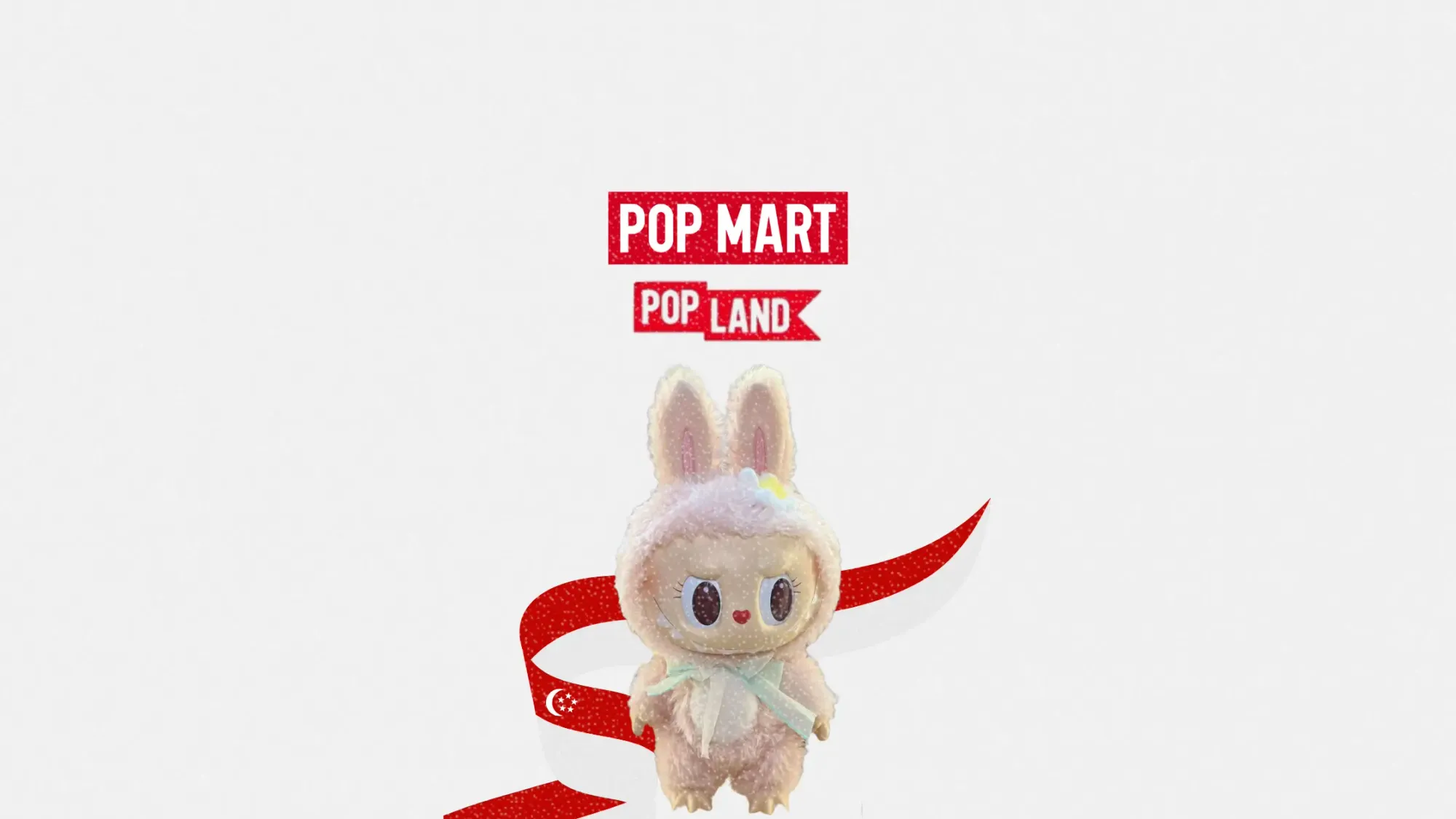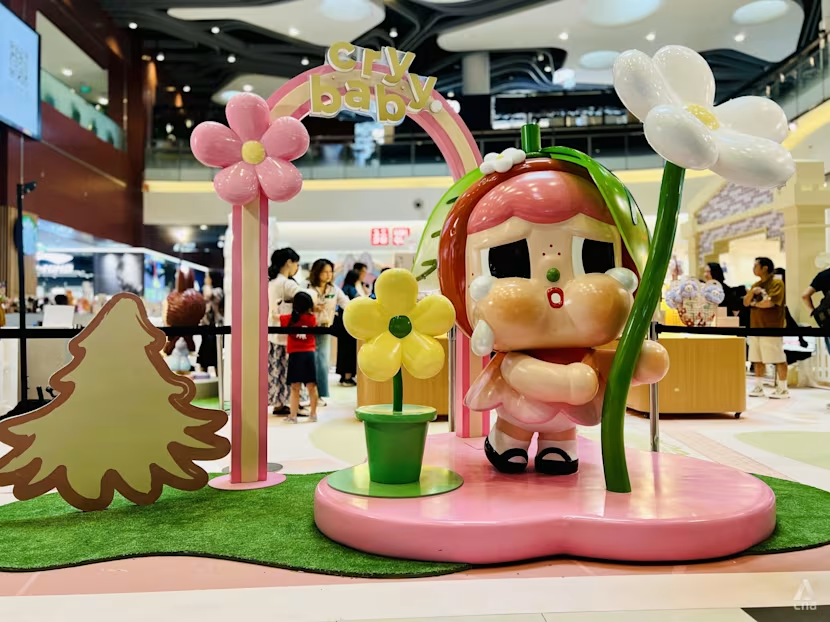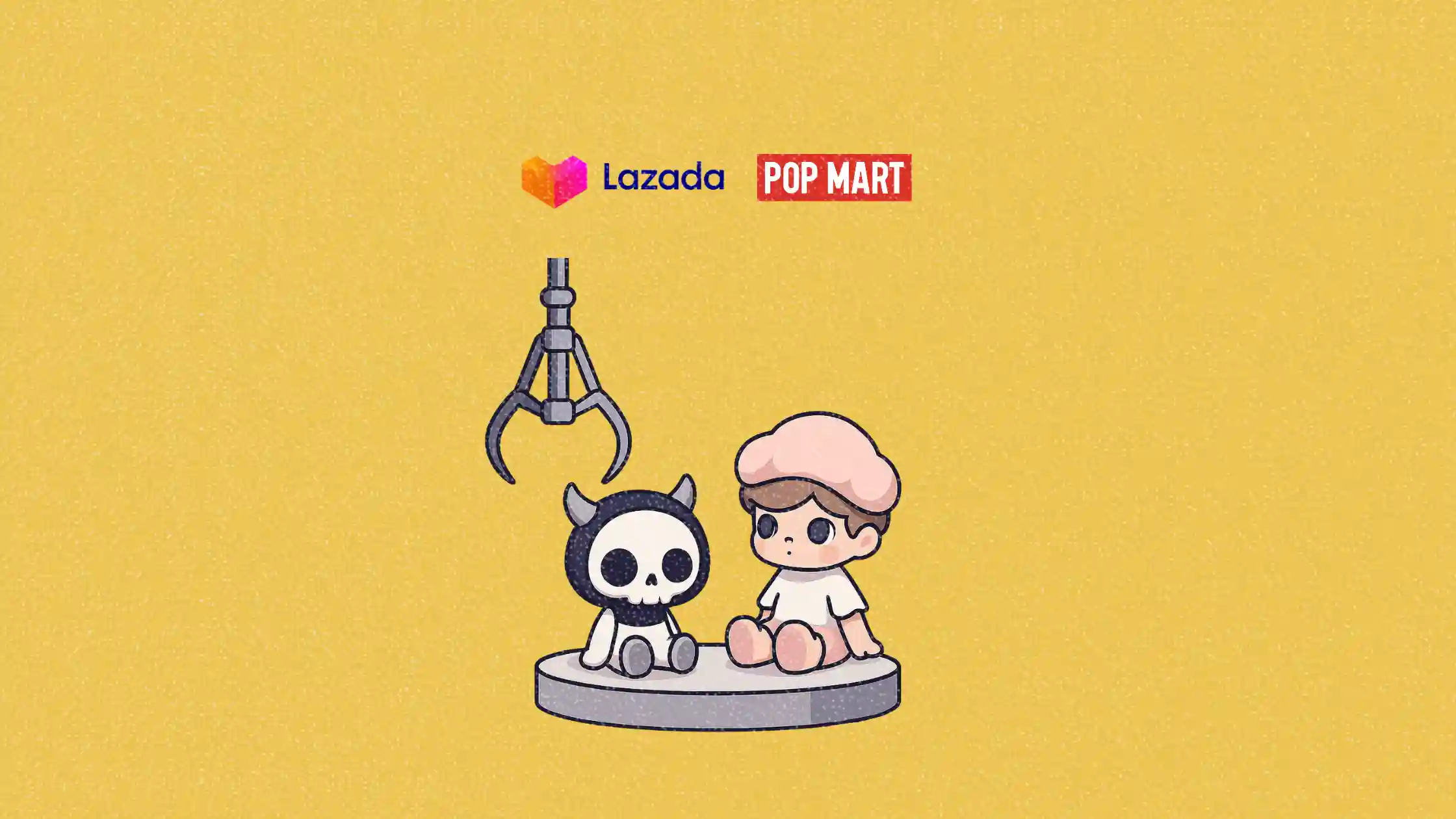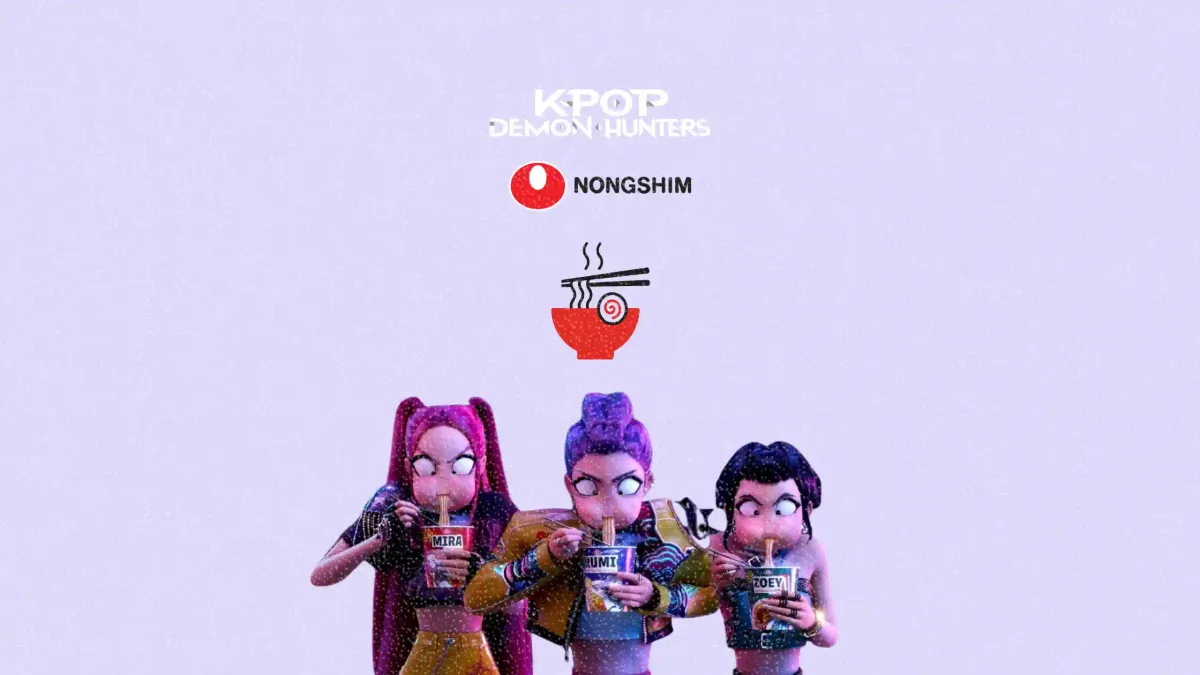POP LAND makes international debut with pastel pop-up in Singapore
POP LAND makes a calculated leap outside China with a limited-edition Singapore experience

In a strategic move to grow its fandom beyond China, collectible lifestyle brand POP LAND has opened its first overseas pop-up in Singapore. From 15 to 26 October, the brand is staging a pastel-themed retail activation at Bugis+ Mall’s Level 2 Atrium. The setup includes exclusive merchandise, photo-ready installations, and strict entry controls.

Known for its “cute but collectible” approach, POP LAND is extending its brand experience using high scarcity and high shareability tactics that align with how modern fandoms engage. For marketers watching shifts in global retail and pop culture strategies, this pop-up is a case study in how scarcity and controlled access can drive interest and social buzz.
This article breaks down what happened at POP LAND Singapore, explores the brand’s strategy, and highlights what marketers can learn from its approach.
Short on time?
Here is a table of content for quick access:
- What happened: POP LAND goes global with Bugis+ activation
- Why this pop-up matters: scarcity and fandom as a retail model
- What marketers should know

What happened
The Singapore pop-up marks POP LAND’s first move outside of China. Running daily from 10am to 9.30pm, the temporary store brings a full suite of exclusive items that cannot be found elsewhere. Designed to appeal to fans of its pastel aesthetic and character IP, the space also features installations tailored for Instagram and TikTok.
The experience includes appearances by the brand’s popular character MOKOKO and is accessible only via pre-registration. Registration opened on 14 October through @popmartsg on social media. Visitors are required to sign up with details that match their ID or passport, which must be shown on arrival.
Each registered guest gets a 20-minute window to explore and purchase merchandise. Duplicate registrations are voided and re-entry is not allowed. There is no guarantee that specific items will be available during any given time slot.
This is more than a crowd control policy. It’s part of a broader strategy to amplify urgency and hype.

Why this pop-up matters
For marketers, POP LAND’s Singapore debut is more than a soft launch. It reflects a calculated move to apply proven tactics from China’s collectible market to new audiences in Southeast Asia.
POP LAND has previously tested the waters in Singapore through a VivoCity activation tied to POP MART’s “The monsters wacky mart” series. That event combined immersive retail environments with oversized installations and exclusive merch to build demand and online traction.
The Bugis+ pop-up follows the same playbook. But the brand has tightened access even more, highlighting how exclusivity can power both foot traffic and content creation.

What marketers should know
POP LAND’s Singapore pop-up is more than just pastel merch. It’s a live example of how limited-time retail can spark buzz, create urgency, and drive social content without a permanent store. Here are three takeaways marketers can apply to their own campaigns:
1. Scarcity works when managed deliberately
POP LAND isn’t just limiting stock. It’s limiting access, shopping time, and even purchase eligibility for unregistered visitors. This isn’t a logistics constraint. It’s a strategy that turns shopping into an achievement. For marketers targeting collector or hype-driven audiences, this is a signal that controlled scarcity still drives behavior.
2. Registration creates exclusivity and first-party data
By enforcing ID-based entry, POP LAND not only filters traffic but also builds a highly qualified list of fans. For brands hosting pop-ups or live experiences, a registration model offers both data capture and a psychological layer of exclusivity.
3. Designing for social beats designing for sales
Photo zones and stylized product displays play a dual role. Even visitors who leave without buying are still likely to post, tag, and spread awareness. The ROI here isn’t just in revenue but in UGC and reach. Retail spaces designed for cameras, not just cash registers, are becoming standard.
POP LAND’s Singapore pop-up reflects how fandom brands are evolving retail into a hybrid of exclusivity, community, and content. By blending scarcity with strong visual storytelling, the brand shows how collectible culture can travel — even without a permanent store.
For marketers, the key takeaway is clear. The mechanics behind demand are changing, and the most effective brands are the ones turning pop-ups into both content engines and cultural moments.






